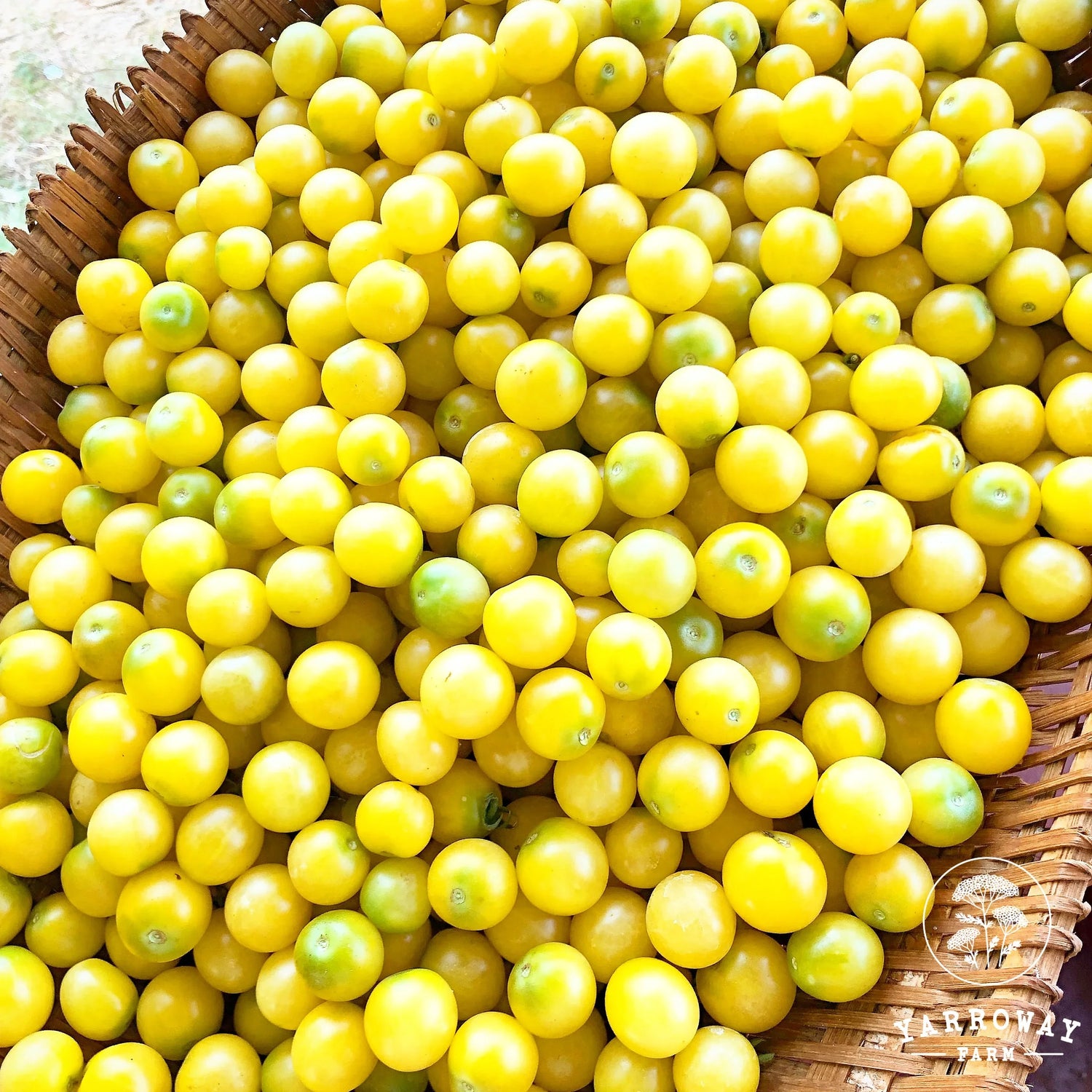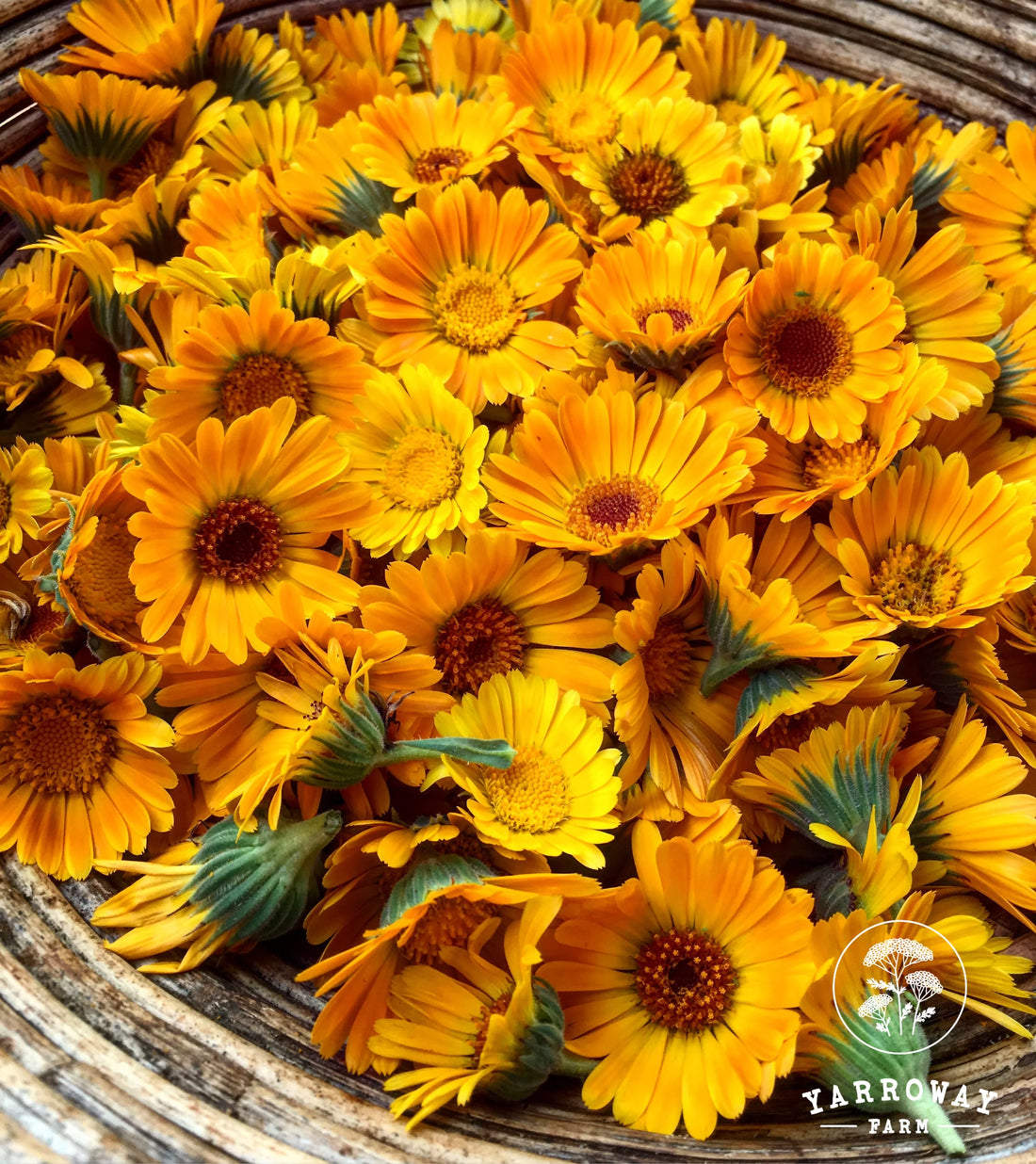All flowers have the uncanny ability to attract pollinators and beneficial insects to the garden and to put a smile on our faces, which is certainly worth a lot! Calendula is a profuse golden-yellow to deep-orange blossoms flower that can be picked over a period of 3-6 months. It has anti-inflammatory effects when it is used topically and it is also a potent antioxidant. Because of its antiviral and antibacterial qualities, it is also useful in treating minor wounds and abrasions. Also deters flies and mosquitos.
Sowing Style: Direct Sow. Broadcast or line sow as a hedge. Thin as required. You can also choose to transplant if you have less seeds.
Time to Sow: Monsoon, Autumn and Summer. Except for the cold months, the plants thrive in the sun.
Plant Spacing: 6-12”
Good Companions: Calendula is effective at deterring tomato hornworms, Mexican bean beetles, aphids, cabbage maggots and the asparagus beetle. Interplanting with pest-susceptible plants is the easiest way to deter unwanted critters.
Bad Companions: N/A
Soil and Cultivation Requirements: Not a high-nutrition demanding crop. Pretty low maintenance once established. Give a round of compost during sowing and after a month of harvesting.
Irrigation: Both drip and sprinkler irrigation works well for calendula. Water them regularly on hot days.
Harvesting and Storing: Harvest every 3-5 days as soon as the plants start flowering. Fresh flowers can be seeped in oil and placed under the sun or moon for a few days to extract their medicinal properties, and then sieve them out. For dried calendula, harvest them when they are young with a lot of fresh petals and shade-dry them to preserve their medicinal value. No need to crush the flowers. Store them in an air-tight jar or packet. (Check for bugs in the flowers before seeping or drying them)


